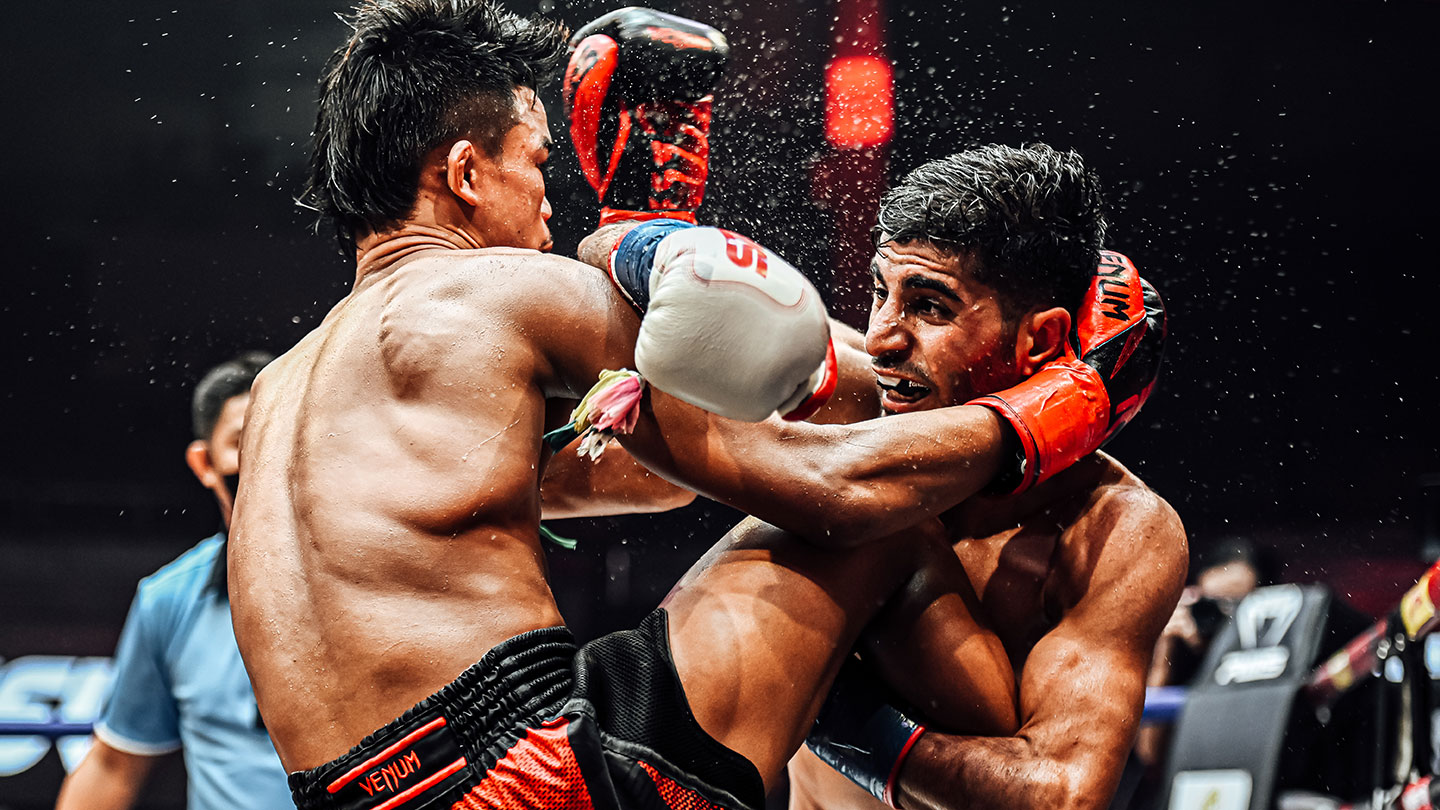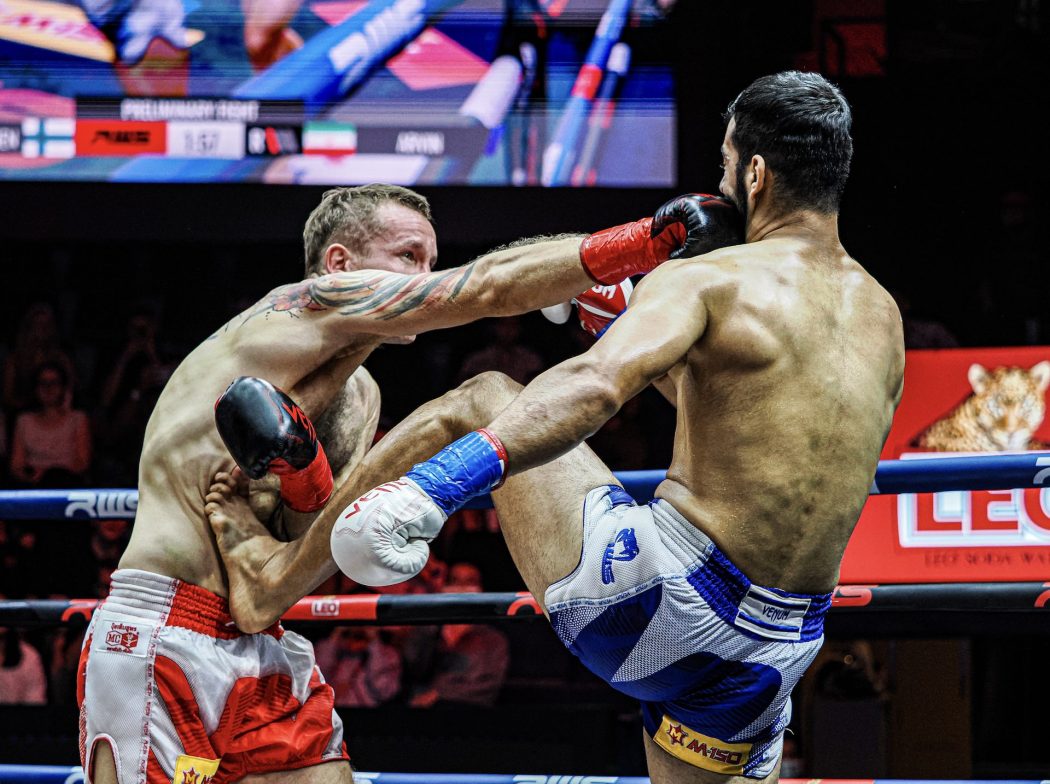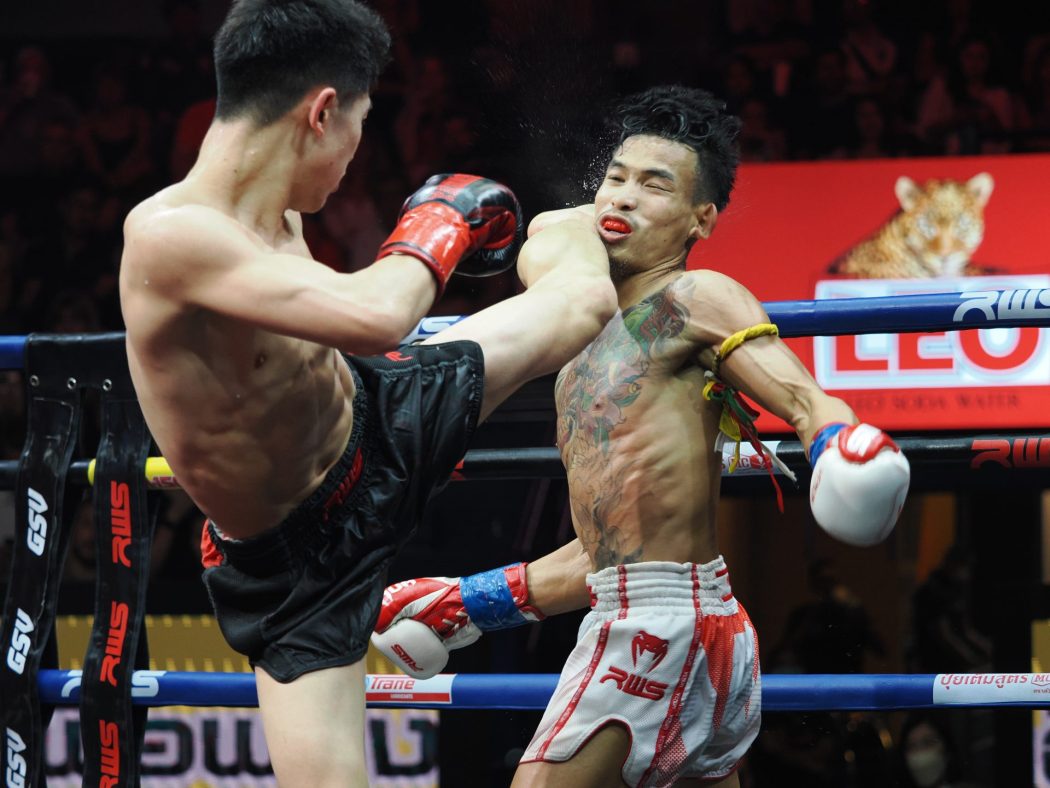Discover the secrets behind the powerful teep kick in Muay Thai with our comprehensive guide. Master the technique, and elevate your skills
Apr 10, 2024
What is Teep Muay Thai – How to Execute It [Step-by-Step Guide]
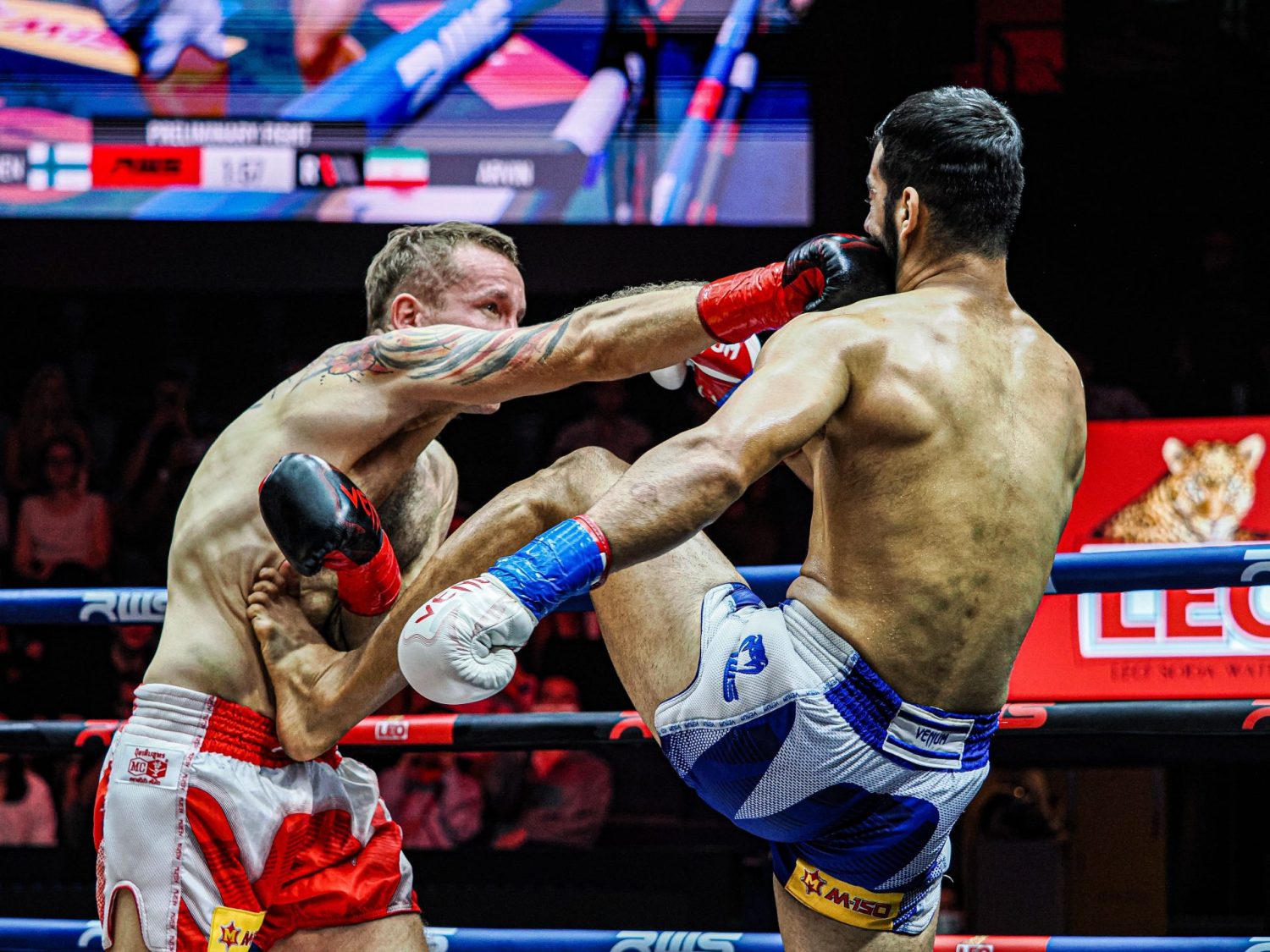

Muay Thai, the ancient martial art from Thailand, is renowned for its powerful strikes, strategic clinch work in Muay Thai, and devastating kicks. Among the various techniques that make Muay Thai unique, the “Teep” stands out as a versatile and effective move. Also known as the “push kick” or “front kick,” the Teep Muay Thai is a fundamental technique that can be a game-changer in the ring.
In this step-by-step guide, we will explore the essence of Teep, breaking down Muay Thai Teep techniques and offering practical insights on how to execute it with precision. Whether you’re a seasoned practitioner looking to refine your skills or a beginner eager to grasp the basics, this article aims to provide valuable insights into the art of Teep Muay Thai. Join us on this journey as we delve into the intricacies of one of Muay Thai’s most essential techniques.
What is Teep in Muay Thai?
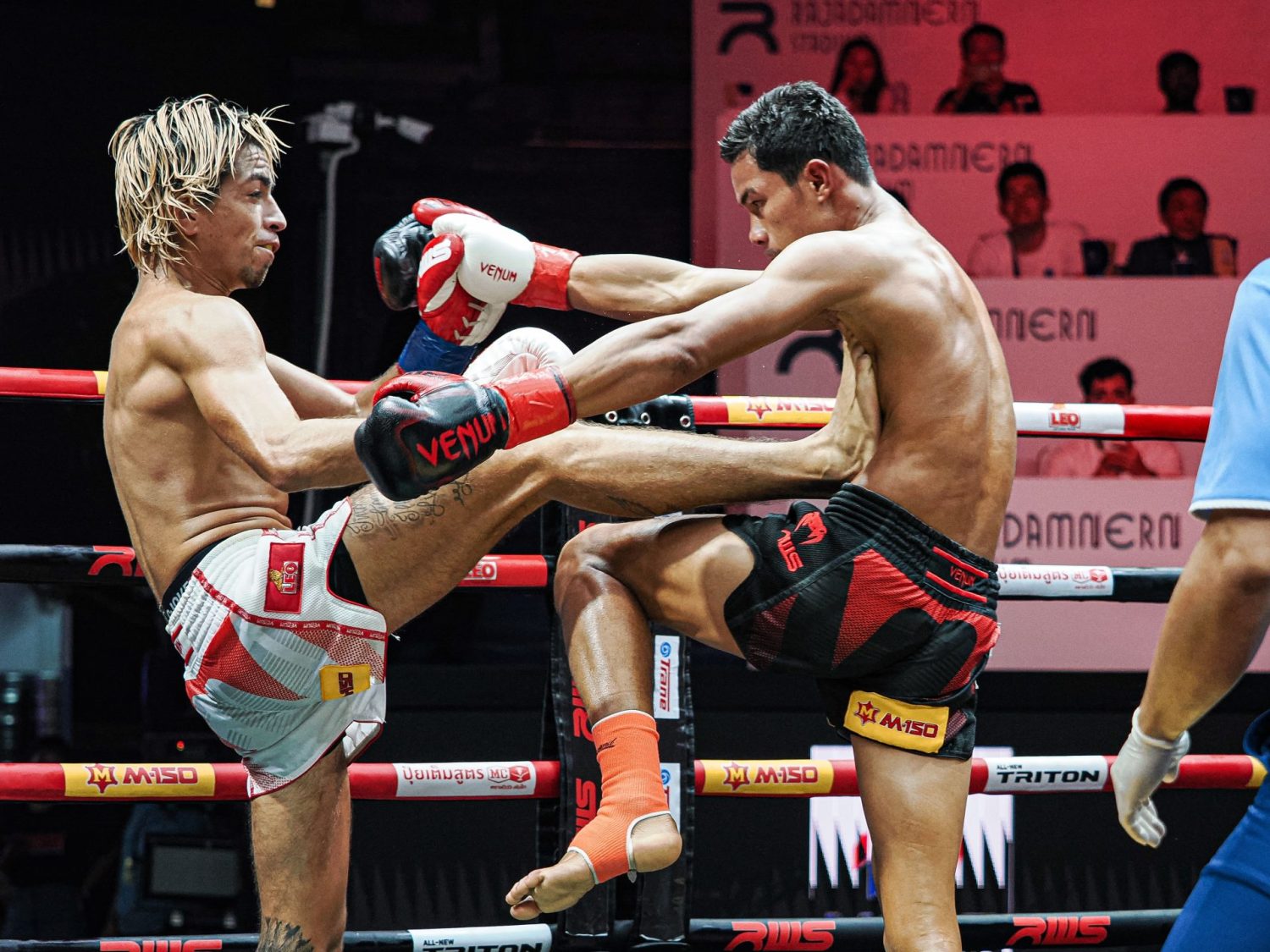
The Teep kick in Muay Thai is a striking technique that involves using the front leg to thrust into an opponent’s body, creating distance or disrupting their balance. Commonly referred to as the “push kick,” the Teep is more than just a simple shove – it’s a strategic move that combines power, timing, and precision.
The Teep holds a pivotal role in a Muay Thai practitioner’s arsenal for several reasons:
- Distance Management: The Teep is instrumental in controlling the distance between you and your opponent. It allows you to create space when needed, preventing them from closing in or initiating an attack.
- Disruption and Offense: When executed with precision, the Teep can disrupt an opponent’s rhythm and balance. It serves as both a defensive tool and an offensive weapon, capable of setting up follow-up strikes.
- Versatility: From being a defensive barrier to an initiating move, the Teep is versatile. Its adaptability makes it suitable for various situations within a Muay Thai bout.
Muay Thai Teep’s history
The Teep’s roots are deeply embedded in the history of Muay Thai, reflecting the practicality and effectiveness that characterize the martial arts. Originating in Thailand, Muay Thai has evolved over centuries, absorbing influences from traditional Thai martial arts and military training.
The Teep has undergone refinements through generations of fighters honing their skills in the ring. Its integration into the sport reflects the art’s pragmatic approach, emphasizing techniques that are strategically significant. As we explore the history of the Teep, we gain insights into its evolution from a practical self-defense move to a cornerstone of Muay Thai strategy.
Benefits of Mastering the Teep in Muay Thai

There are several benefits of Muay Thai teep that improves overall Muay Thai performance and enhances defensive capability.
- Versatility in Striking
Mastery of the Teep enhances a fighter’s overall strike. It adds a layer of unpredictability to their attacks, creating opportunities for effective combinations. By seamlessly integrating the Teep into their arsenal, a Muay Thai practitioner becomes a more well-rounded and formidable opponent.
- Distance Management
One of the key benefits of the Teep is its ability to control the distance in a fight. By effectively using the push kick, a fighter can keep opponents at bay, preventing them from closing in and limiting their offensive options. This skill is crucial for dictating the pace of a match and avoiding dangerous clinch situations.
- Balance and Timing
Thai boxing Teep demands precise timing and balance, and mastering these aspects contributes significantly to a fighter’s overall performance. As they refine the mechanics of the Teep, practitioners develop heightened coordination, making them more elusive and challenging to read in the ring.
Teep Muay Thai’s application in real-life scenario
- Self-Defense: Beyond the ring, the Teep finds practical applications in real-life self-defense scenarios. The ability to create distance and disorient an attacker with a well-timed push kick can be invaluable. The Teep serves as a quick, effective method for neutralizing threats and providing an opportunity to escape potentially dangerous situations.
- Crowd Control: In situations where personal space is compromised, the Teep can be employed for crowd control. Its pushing force can create a buffer zone, allowing individuals to navigate through crowded spaces more effectively and assertively.

Step-by-step guide to Executing a Perfect Teep Kick
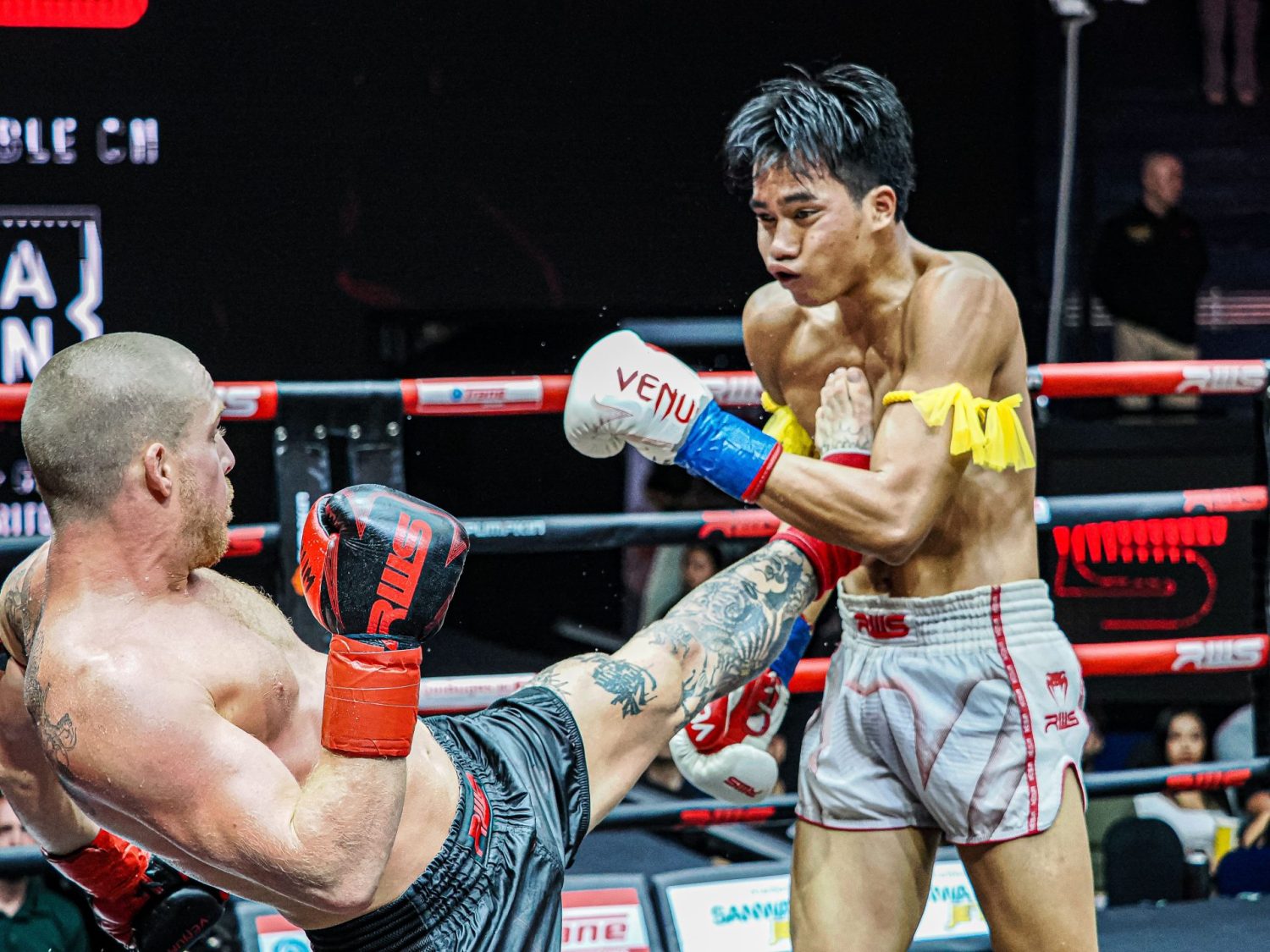
Proper stance and foot positioning
- First step of Teep technique tutorial, begin with a solid Muay Thai stance, ensuring your feet are shoulder-width apart. Distribute your weight evenly on both legs, maintaining a balanced foundation.
- Lift your lead knee towards your chest swiftly, keeping it bent. The goal is to create a compact and efficient movement, preparing for the extension of the Teep.
- While the lead leg initiates the Teep, the back leg provides stability. Keep it slightly bent to absorb any counterforce and facilitate a quick return to the starting position.
As the lead knee rises, engage your hips by rotating them towards the target. This hip movement generates power and adds force to Muay Thai push kicks. Furthermore, transfer your body weight from the back foot to the lead foot during the Teep. This weight shift is crucial for delivering a forceful push while maintaining balance.
Teep’s Target areas and effective execution
- Midsection Teep: Aim the Teep towards the midsection, specifically the opponent’s chest or abdomen. This variation is effective for creating distance and disrupting the opponent’s rhythm.
- Face Teep: When aiming for the face, extend the Teep towards the chin or nose. This can be a surprising and disorienting move, potentially setting up opportunities for follow-up strikes.
Integrate the Teep seamlessly into combinations with other strikes. Combining the Teep with punches, elbows, or knee strikes adds an unpredictable dimension to your offensive arsenal.
Common Mistakes to Avoid in Teep techniques
Before mastering any martial art technique, it is essential to understand not just how to execute it effectively but also to be aware of the common mistakes made executing Teep techniques.
- Poor Stance and Balance: Neglecting the importance of a solid Muay Thai stance can lead to compromised balance during the Teep. Leaning too far forward or backward can diminish the effectiveness of the kick and make the practitioner vulnerable to counters.
- Overextension: One common mistake is overextending the Teep, leaving the practitioner off-balance and exposed. A controlled extension, with a quick recoil, is crucial to maintain defensive readiness.
- Neglecting Hip Rotation: Insufficient hip rotation can result in a less powerful Teep. Failure to engage the hips limits the force generated, reducing the impact of the kick.
- Incorrect Foot Positioning: Misalignment of the foot during the Teep can diminish its effectiveness. Ensure that the lead foot is flexed with the toes pointing slightly downward to optimize contact with the ball of the foot.
Tips for correcting and refining the teep kick
As we explore how to improve the Teep kick in Muay Thai, it’s important to recognize that getting better isn’t just about spotting mistakes but actively working to correct and enhance the technique. Here are a few of the best teep kick tips;
- Emphasize Stance and Balance: Prioritize a strong stance and balance during Teep practice. Regularly check and adjust your positioning to ensure a stable foundation for executing the kick.
- Hip Engagement Drills: Incorporate hip engagement drills into your training routine. Shadow boxing with a focus on hip rotation helps develop the muscle memory needed for powerful Teep kicks.
- Footwork Exercises: Conduct Muay Thai footwork drills to enhance agility and ensure proper foot positioning during the Teep. This includes pivoting, lateral movements, and quick adjustments to adapt to different scenarios.
Training Drills for Improving Teep Technique
- Knee Raises with Resistance Bands
Attach resistance bands to a fixed point and loop them around your lead knee. Practice knee raises against the resistance to build strength in the hip flexors, crucial for a powerful Teep.
- Balancing Exercises
Incorporate one-legged balancing exercises to enhance stability. Stand on one leg and lift the other knee towards your chest, mimicking the initial movement of the Teep. This improves balance and strengthens the supporting leg.
- Plyometric Drills
Integrate plyometric exercises like box jumps to enhance explosive power. Jumping onto a box with one leg mimics the explosive movement of the Teep, aiding in building strength and speed.
Teep Sparring Session
- Timing Drills
Work on timing your Teep within sparring sessions. Practice initiating the kick
when your opponent advances, creating a defensive barrier and disrupting their rhythm.
- Combination Training
Integrate Teep kicks seamlessly into combinations during sparring. Follow up with punches, elbows, or knee strikes to keep your opponent guessing and maintain offensive pressure.
- Target Variation
Experiment with targeting different areas during sparring – the chest, abdomen, or face. Adapting the Teep to different targets enhances its versatility and effectiveness in diverse situations.
Showcasing Teep in Muay Thai History
The Teep kick, with its strategic versatility and potent offensive capabilities, has left an indelible mark on the rich tapestry of Muay Thai history. Here are a few renowned fighters celebrated for their prowess in deploying the Teep effectively.
- Saenchai PKSaenchaimuaythaigym
Regarded as one of the greatest Muay Thai fighters of all time, Saenchai’s Teep is a marvel to behold. His exceptional timing, accuracy, and ability to seamlessly integrate the Teep into his combinations make him a true artist in the ring. Saenchai’s dynamic style and unpredictable Teep kicks have earned him numerous world titles and widespread admiration.
- Samart Payakaroon
A true legend in the sport, Samart Payakaroon’s Teep was a key element in his remarkable career. Known for his sublime technique and ring intelligence, Samart used the Teep to keep opponents at bay and set up devastating combinations. His strategic use of the Teep played a pivotal role in earning him multiple world championships across different weight classes.
- Dieselnoi Chor Thanasukarn
Dieselnoi, the “Sky-piercing Knee,” was a dominant force in the Muay Thai scene during the 1980s. While he was renowned for his devastating knees, his Teep was equally formidable. Dieselnoi’s long limbs and impeccable Muay Thai kicking technique allowed him to execute Teep kicks with unparalleled reach, making him a formidable opponent in the ring.
Witness Teep Muay Thai LIVE

Immerse yourself in the heart-pounding world of Muay Thai at the iconic Rajadamnern Muay Thai Stadium, where the electrifying atmosphere and adrenaline-fueled matches create an unforgettable experience for spectators.
Among the myriad of techniques displayed in live matches, the Teep takes center stage as a pivotal and crowd-thrilling maneuver. The Teep’s significance lies not only in its offensive and defensive prowess but also in its ability to captivate the audience. Don’t miss the chance to be part of the excitement – secure your tickets now and be prepared for an unforgettable evening at Rajadamnern Muay Thai Stadium.

Related News
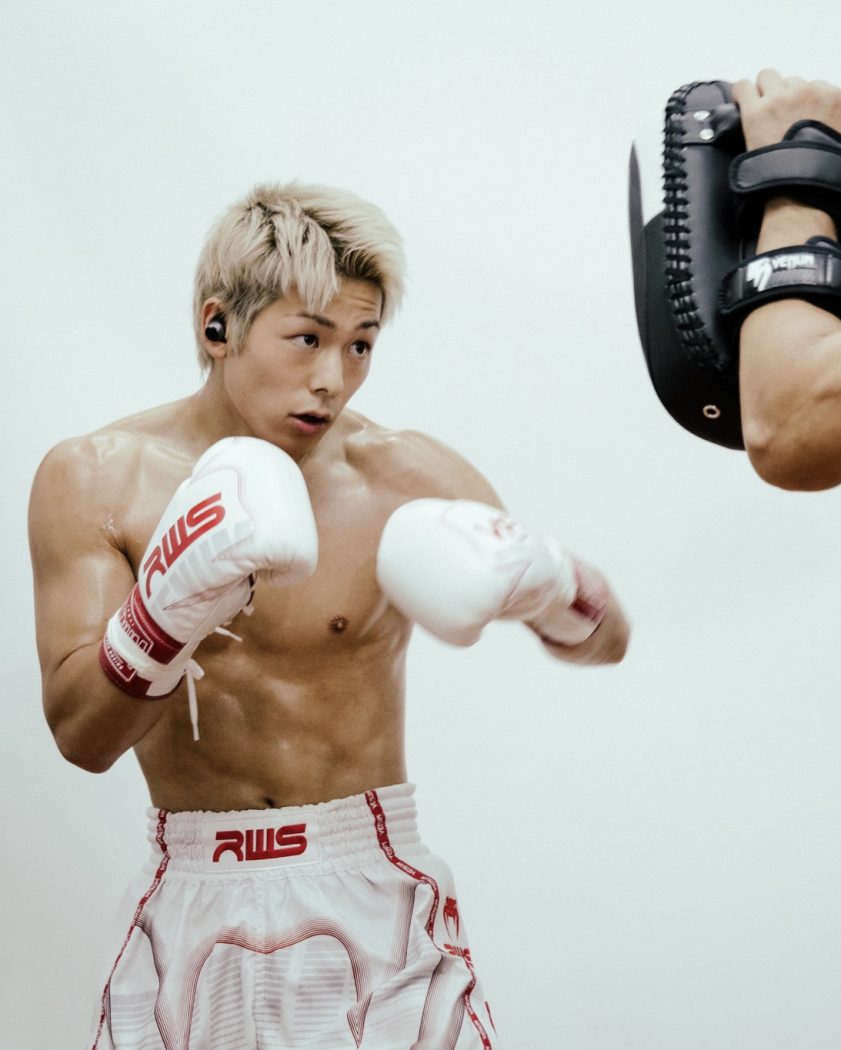
12 Best Martial Arts for Fitness and Weight loss in 2024
Feb 29, 2024
Discover a list of 12 martial arts for fitness that will help you develop a cardiovascular system, immunity, and support your weight loss goal.




